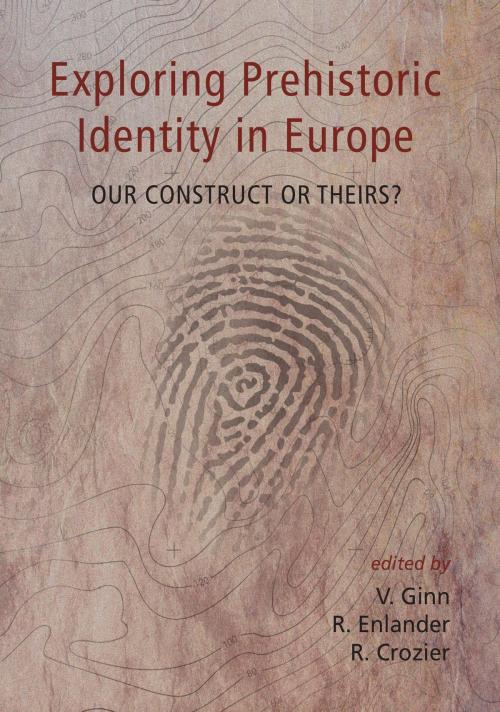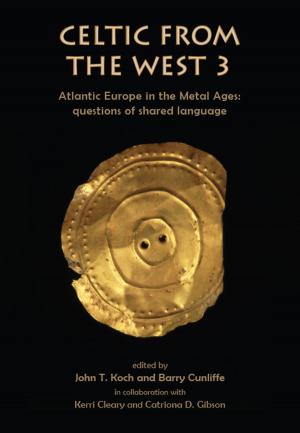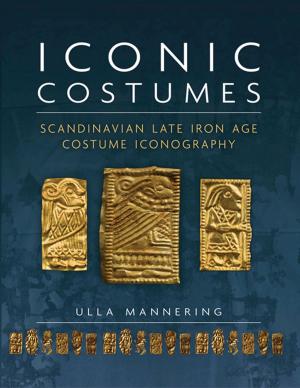Exploring Prehistoric Identity in Europe
Our Construct or Theirs?
Nonfiction, Social & Cultural Studies, Social Science, Archaeology, History, European General| Author: | Victoria Ginn, Rebecca Enlander, Rebecca Crozier | ISBN: | 9781842177471 |
| Publisher: | Oxbow Books | Publication: | March 19, 2014 |
| Imprint: | Oxbow Books | Language: | English |
| Author: | Victoria Ginn, Rebecca Enlander, Rebecca Crozier |
| ISBN: | 9781842177471 |
| Publisher: | Oxbow Books |
| Publication: | March 19, 2014 |
| Imprint: | Oxbow Books |
| Language: | English |
Identity is relational and a construct, and is expressed in a myriad of ways. For example, material culture and its pluralist meanings have been readily manipulated by humans in a prehistoric context in order to construct personal and group identities. Artefacts were often from or reminiscent of far-flung places and were used to demonstrate membership of an (imagined) regional, or European community. Earthworks frequently archive maximum visual impact through elaborate ramparts and entrances with the minimum amount of effort, indicating that the construction of identities were as much in the eye of the perceivor, as of the perceived. Variations in domestic architectural style also demonstrate the malleability of identity, and the prolonged, intermittent use of particular places for specific functions indicates that the identity of place is just as important in our archaeological understanding as the identity of people. By using a wide range of case studies, both temporally and spatially, these thought processes may be explored further and diachronic and geographic patterns in expressions of identity investigated.
Identity is relational and a construct, and is expressed in a myriad of ways. For example, material culture and its pluralist meanings have been readily manipulated by humans in a prehistoric context in order to construct personal and group identities. Artefacts were often from or reminiscent of far-flung places and were used to demonstrate membership of an (imagined) regional, or European community. Earthworks frequently archive maximum visual impact through elaborate ramparts and entrances with the minimum amount of effort, indicating that the construction of identities were as much in the eye of the perceivor, as of the perceived. Variations in domestic architectural style also demonstrate the malleability of identity, and the prolonged, intermittent use of particular places for specific functions indicates that the identity of place is just as important in our archaeological understanding as the identity of people. By using a wide range of case studies, both temporally and spatially, these thought processes may be explored further and diachronic and geographic patterns in expressions of identity investigated.















